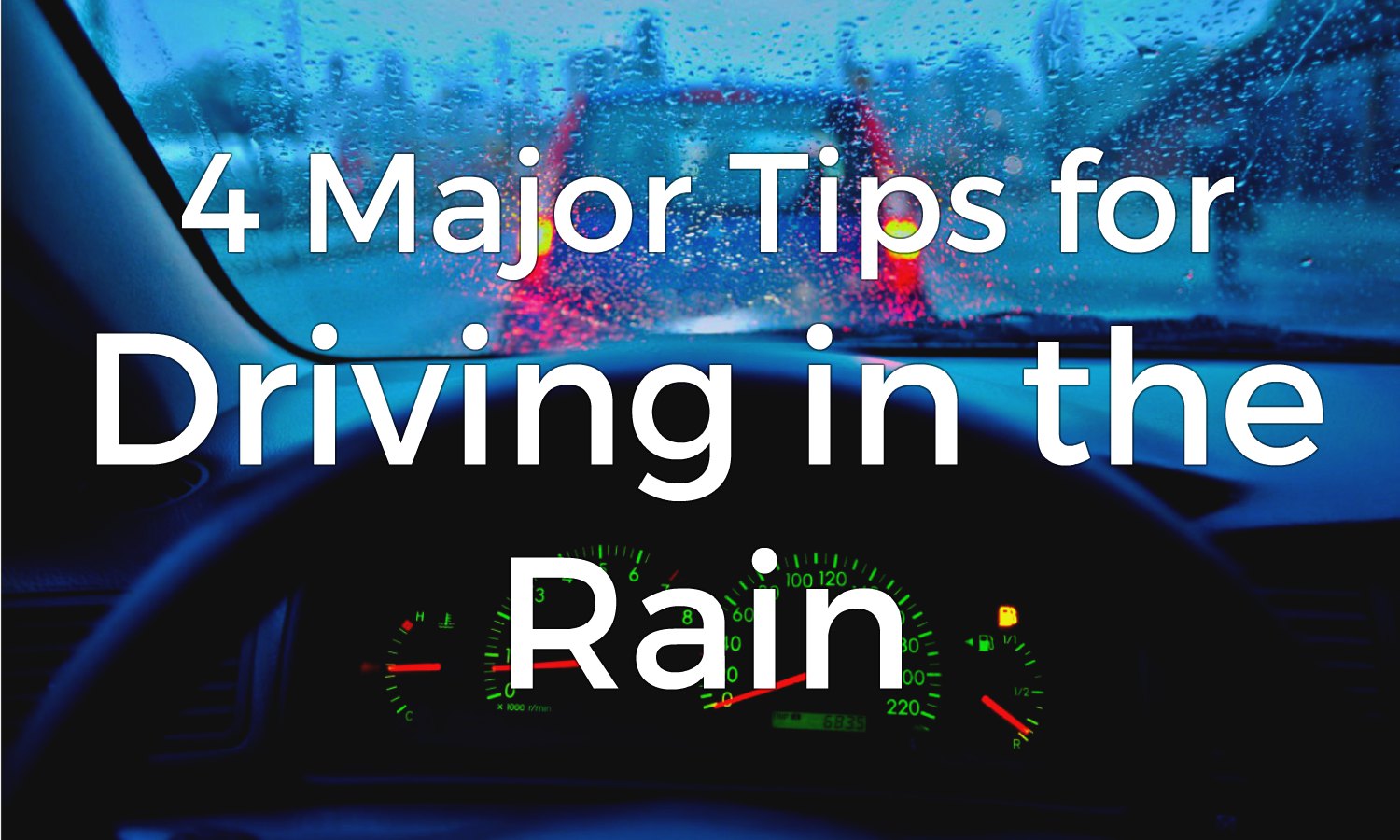It’s been raining a lot and most people prefer staying in instead of going out. If you live in the Philippines, the Toyota Vios you own might be best parked in your garage if you don’t want to cover expensive repair costs because of the flooding in several areas. Either that, or you’re scared of driving in the rain, which is acceptable because it is somewhat scary to drive in such hazardous conditions.
However, if you’re planning on bracing the rain, here are some tips you should consider.
Slow down and check your breaks
When the road is wet, it causes more accidents. Some people become overconfident about their skills and drive too fast. This can make your car skid and your breaks not work. When that happens, you’re not the only one in trouble. You will cause trouble for those in front of you and those behind you. Don’t follow large vehicles too closely, or tailgate them. They can splash on water on your windshield and obscures your vision. Better yet, don’t tailgate any cars, and be three to six seconds behind the vehicle in front of you at all times.
Check your wipers
Old and brittle wipers aren’t going to help you with the torrential rain constantly on your windshield. Change them if you think you’ve had them for sometime. If the rain is too hard, your wipers won’t be able to keep up with it and you’ll be left with no visibility. It’s better to pullover to the side of the road and let the rain die down. It’s also better if you seek shelter somewhere first.
Use your headlights
Aside from using them, be also aware if you’re using the right kind of lights. Don’t use your fog lights unless absolutely necessary–that means, when your visibility is less than 100m. Don’t use the fog lights if you can see the tail lights of the car in front of you. Use them if you can’t see their tail lights, and you’re sure that they’re nearby. If you’re still having doubts, think about how your car is seen by the other drivers around you. Your lights might blind other drivers and cause an accident.
Driving though flooded areas
As much as possible do not drive through flooded areas, and if you can, avoid travelling during heavy rainfall altogether, but if you have to, be absolutely careful. Be sure that your car can be driven through the water and if it can take it. Deep water can damage your car and that will lead to high costs of repair. You should also consider how deep the water is. There might be objects submerged in the water that you can’t see and will probably damage your car. See if the water is flowing, too. If it’s flowing, it might be hard enough to sweep your car away.
Other things you should consider when driving through the rain is to not splash over pedestrians. Respect other people, whether they’re drives or pedestrians, on the road.


